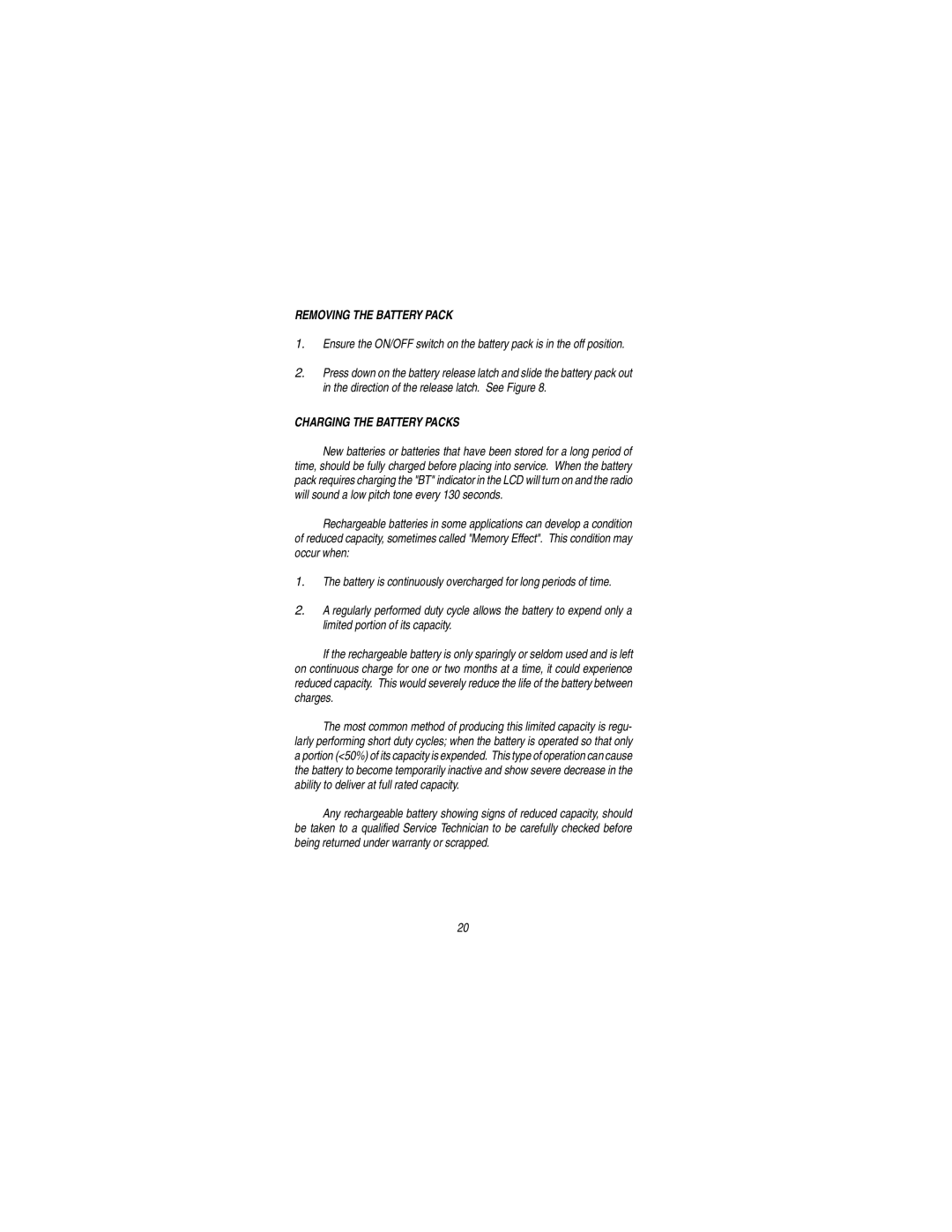LBI-38823D specifications
The Ericsson LBI-38823D is a significant component in the realm of telecommunications technology, reflecting the advancement in infrastructure aimed at enhancing mobile network performance. As part of Ericsson's extensive portfolio, this product is designed to support various network requirements and enable operators to optimize their services effectively.One of the primary features of the LBI-38823D is its compatibility with LTE networks, providing seamless integration for operators looking to enhance their existing infrastructures. The unit is engineered to facilitate high-speed data transmission while ensuring low latency, which is crucial for applications requiring real-time performance such as video streaming and online gaming.
In terms of technology, the LBI-38823D supports advanced functionalities like MIMO (Multiple Input Multiple Output), which significantly boosts data throughput and signal quality. MIMO technology utilizes multiple antennas at the transmitter and receiver ends, enabling the simultaneous transmission of multiple data streams. This results in an increase in capacity and reliability, which are essential for meeting the demands of a growing user base and the rising expectations for mobile services.
Another noteworthy characteristic is its support for Carrier Aggregation, a technique that combines different frequency bands to enhance network efficiency and user experience. By aggregating carriers, the Ericsson LBI-38823D enables operators to maximize their spectrum usage, leading to improved peak data rates and overall network performance.
Moreover, the LBI-38823D is built with robust security features, ensuring that data transmission remains secure against potential breaches. As cybersecurity becomes increasingly critical in telecommunications, this product has been designed to protect both operator networks and end-user information.
Designed for scalability, the LBI-38823D allows operators to expand their networks easily as demand grows. This flexibility makes it an ideal choice for service providers looking to future-proof their investments and ensure long-term viability.
Overall, the Ericsson LBI-38823D is a state-of-the-art solution that embodies the convergence of innovation and reliability in telecommunications. With its advanced features, support for cutting-edge technologies, and emphasis on security and scalability, it is well-positioned to meet the evolving needs of the telecommunications industry while enhancing user experience.
